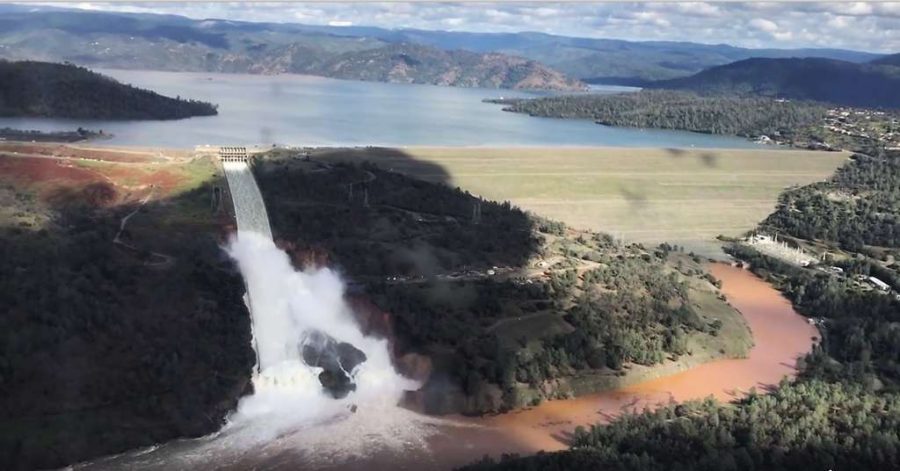Infrastructure: Crumbling Around Our Feet
February 22, 2017
When somebody says “America’s Infrastructure is crumbling,” unfortunately, they’re right. The American Society of Civil Engineers rated America’s infrastructure at a D+ on their infrastructure report card in 2013. The new report card comes out March 9, but it doesn’t seem like conditions have improved much over the last three years.
Just this last week the Oroville Dam in California had a major malfunction when its spillway developed a massive hole, really it was more of a crater. California officials evacuated more than 180,000 people from the area near the dam. Luckily the water level fell, and people returned home, but this should’ve never happened.
It’s not just dams either. Bridges, roads, waterways, ports and schools are crumbling.. The ASCE suspects that repair and updates of America’s infrastructure would cost $3.6 trillion.
One of the primary problems is maintenance. It doesn’t take much for inspectors to check a dam or any piece of infrastructure. But many states don’t hire enough inspectors to check all of the necessary infrastructure. Infrastructure isn’t usually something people think about a lot. Neglect leads to problems that start small but turn into much larger ones. Neglect turns problems into disasters.
In 2007 the I-35W Mississippi River bridge collapsed due to corrosion in its bearings and cracking along the bridge. The bridge had been inspected annually, and it was reported to be “structurally deficient.” On Aug. 1 the bridge gave out and disaster struck. In total 111 vehicles were involved along with construction workers, they fell a approximately 100 feet below. Thirteen people died and 50 more hospitalized.
We can prevent disasters like this. A proper inspection must occur at appropriate intervals. If there are defects, the correct actions must take place as soon as possible. The scale of these problems are scary. The Oroville Dam stands at a massive 770 feet.
Chris Deeman, a Technical Engineer at the College of Dupage, said problems like Oroville show how dangerous playing political games with needed infrastructure improvements can be.
“Yes, what I think is it ends up being a victim of is politics and economics and how that funds or does not fund infrastructure,” Deeman said. “It’s not like we don’t know our bridges are in bad shape. Until they fall down in your state, nobody’s willing to pay more taxes or divert money for these things. It’s just an unfortunate symptom of the politics that are going on right now. We’re not willing to invest in anything because it’s spending money. Well, some spending is necessary.”
So what can be done? Congress needs to be pushed. There doesn’t seem to be a heavy interest in infrastructure from politicians, so there needs to be a push from the people. Anybody can go to infrastructurereportcard.org and click on the Take Action section at the top of the page. It lists many actions that can be called on to better our infrastructure as a country. As a group we can push our state senators to protect us all from our crumbling infrastructure.


















